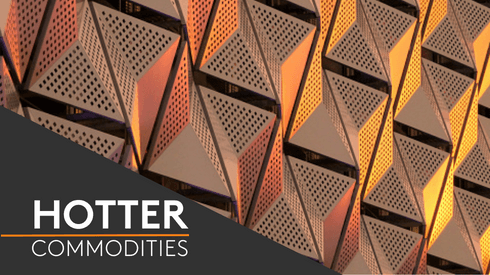Market participants are doubtful that the newfound nickel demand is sustainable, however. Instead, they hope that the downstream electric vehicle (EV) sector will sustain the market in the long term.
Fastmarkets’ weekly price assessment for nickel sulfate min 21%, max 22.5%; cobalt 10ppm max, exw China was 39,000-40,000 yuan ($5,678- 5,823) per tonne on February 17, up 3.27% from 38,000-38,500 yuan per tonne on February 10.
“Sulfate-buying is essentially driven by arbitrage-taking, which is normally short-lived, but EV demand might also come back,” an industry source said with optimism.
Not all sources were as optimistic. “The downstream orderbook is still weak,” a battery maker source said of current demand.
The price spread between sulfate and its refined metal widened late last year. This happened when sulfate prices were on a downtrend but the refined metal prices were gaining traction. The price trends motivated producers to process sulfate into its more valuable refined metal, although nickel full plate is known to be mostly produced from feedback nickel matte.
In January 2023, domestic stainless-steel giant Tsingshan was reported to be processing nickel sulfate into nickel full plate, with a total monthly output of up to 1,500 tonnes.
Smaller-scale plants in eastern China’s Jiangxi and Zhejiang provinces were also buying nickel sulfate to make full plate, with monthly output at 100-200 tonnes at each plant, sources said.
The downtrend in the Chinese nickel sulfate market paused because of this and reversed upward in February 2023.
Tight nickel supply
“The LME nickel prices are still profitable, aided by low supply,” a veteran nickel trader source said, adding that the arbitrage would still be there as long as nickel futures prices remained decoupled from the physical nickel sulfate market.
Low supply and limited liquidity in the nickel market have been fuelling price volatility, and market participants said that prices have decoupled from actual physical market demand.
“The physical demand from the EV industry for nickel is not that good, whereas prices on paper are still high,” a producer source said.
Trading volumes for the LME nickel contract have remained notably depressed since the three-month price briefly surged above $100,000 per tonne in March 2022, causing the exchange to suspend nickel trading.
The Asian trading hours for the contract have yet to resume, with the contract trading only from 8:00am UK time to 19:00 UK time. This is not the case with other base metals; their trading hours begin at 01:00am UK time.
Although the benchmark nickel prices on LME have fallen from the psychological high of $30,000 per tonne in the past two weeks, sources consider current levels favorable for buying sulfate to produce nickel.
“The arbitrage terms could last until May, meaning the buying activities [for sulfate] would also be supported until then,” a nickel sulfate supplier source based in Shanghai calculated, adding that input costs for nickel producers to turn sulfate into metal were not high.
“The window for exploiting arbitrage terms might only last two to three months more, because buying activities could soon wipe out the price gap between nickel and nickel sulfate, but I’m not sure if EV demand will pick up as expected,” a source at a precursor plant said.
Slowing EV demand
Alongside newfound demand from nickel producers, Chinese integrated nickel plants were also heard to be buying nickel sulfate instead of nickel matte in early February when prices for both were almost equal. Demand for precursor plants was said to be waning last week, though.
“Demand from nickel producers is still strong but buying activities from integrated precursor plants are slowing down now,” a Shanghai-based producer source said.
This is against slowing EV demand and a subdued outlook since December 2022, after China discontinued its subsidy policies – designed to spur the rapid development of its EV industry – after 13 years of strong support.
The Chinese government extended the EV tax incentive in August 2022, allowing EVs to be exempt from the 5% vehicle purchase tax. Local governments have also been rolling out regional EV-related subsidies to stimulate the economy since the beginning of 2023.
More recently, China rolled out an ambitious pilot program aimed at increasing New Electric Vehicle (NEV) rates to 80% in public-sector vehicles by 2025. This is an increase from the current 10% or so.
Sources said any rebound in the EV market might not happen so quickly, given the first quarter was an off-peak period for EV consumption.
“It still takes time before we can see the policy effects on the market,” a nickel trader source said.
“At least based on the seasonality, the demand [for nickel sulfate from the EV industry] will not turn around until the second quarter,” a second nickel trader source said.
Get more in-depth nickel insights
To get more of the latest market intelligence and insights on the nickel market, visit our dedicated nickel market page here.




